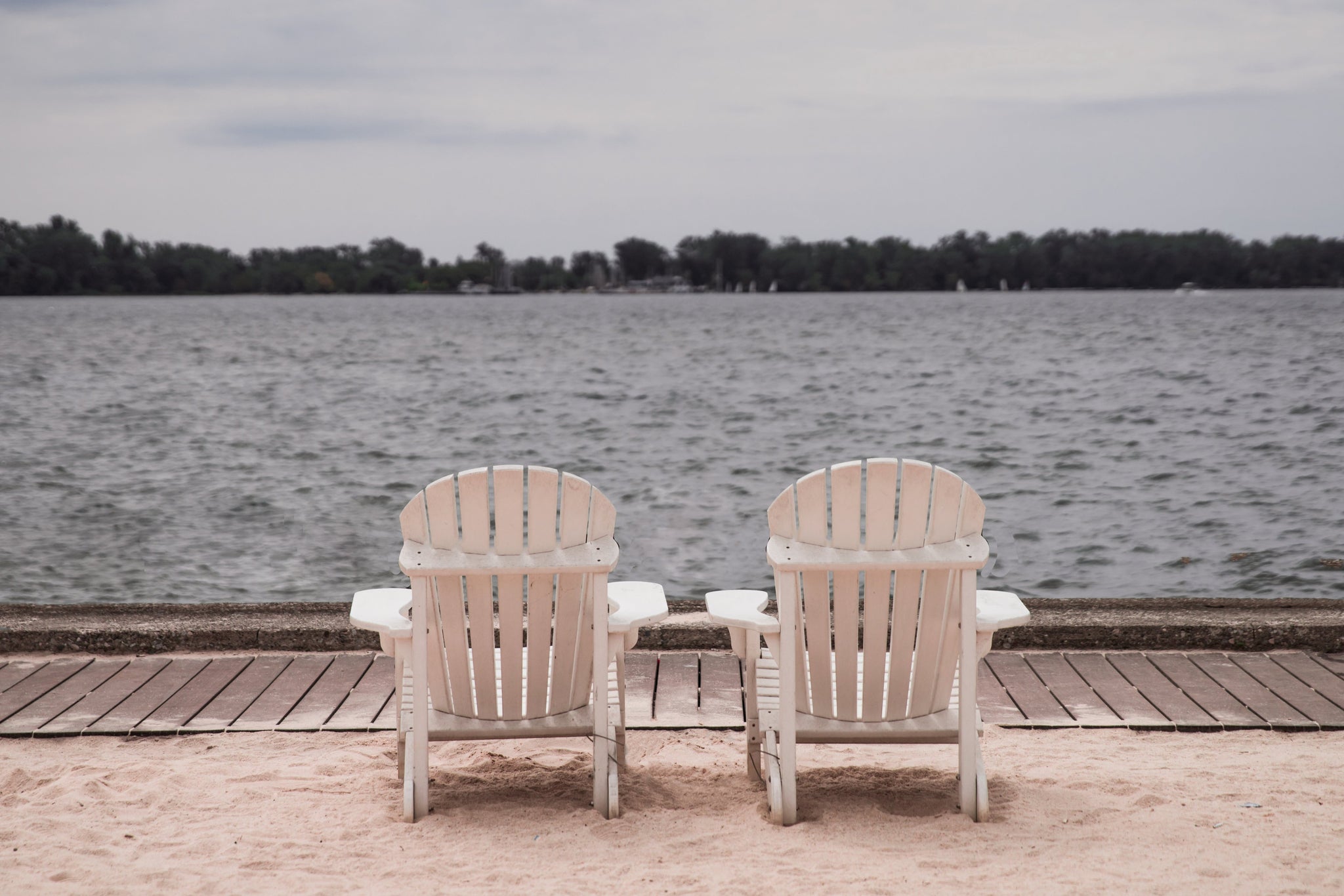Clear Lake Coffee Roasters: Industry Insider Series - Instant Coffee - A Brief History- May 15,2022
Clear Lake Coffee Roasters presents Instant Coffee - A Brief History
When Robert Falcon Scott set out for the arctic in 1901 he carried a version of instant coffee, a powdery extract that had to be stored in an airtight container to keep it from melding into one giant coffee clod if exposed to moisture. The powder would then clump up anyway when added to hot water. The heat required during manufacturing to evaporate brewed coffee into a powder also evaporated almost all flavor. Despite the issuance of several patents in subsequent years, instant coffee did not approach market viability until WWI, by which time manufacturers where evaporating thick coffee liqueur into powder to maintain at least a little coffee flavor.
During the war the entire production of soluble coffee from instant coffee pioneer, G. Washington Coffee Company, went to the American troops. Most soldiers despised the taste and yet praised the practical value of a hot, caffeinated “cup of George” in the trenches. After the war, use among American consumers remained limited. Serving instant coffee to guests in the 1920’s would be akin to serving freeze-dried backpacking food to your guests today.
Manufacturing innovations by Nestle and others improved the taste of instant coffee over the years, but it wasn’t until the 1950s and the era of “space-age” convenience that consumption began to grow significantly in the U.S. In 1953, 10% of all cups of coffee in the U.S. were instant. By 1970 that number had grown to 26%, and, correspondingly, 28% of Americans were drinking instant coffee daily by 1977. Instant coffee would cling to a daily consumption-share of one in four Americans into the early 1980s.
It’s not a coincidence that this growth in consumption of instant coffee closely paralleled a decrease in overall coffee consumption. In 1962, Americans were drinking 3.12 cups of coffee a day per capita. By 1988, that had been cut almost in half to 1.67 cups a day. Instant coffee did not cause the decrease, it was a symptom of an overall decrease in the quality of coffee. As daily consumption of instant coffee hit its peak of 28%, daily consumption of regular coffee bottomed out in the neighborhood of 38% where it would remain until the late 1980s.

By the early 1970s, the quality of regular coffee had deteriorated to the point that instant coffee, with its new ‘freeze-dried’ production process, could compete on taste. In the absence of quality, convenience became the determinant of consumer choice. It certainly wasn’t price as instant coffee sells for a premium at retail – one of the great coffee industry’s ironies, especially in that era. Most coffee producing countries did not allow extremely low-quality coffee to be exported, but these types of regulations did not apply to coffee that had undergone a manufacturing process and turned into soluble coffee. The result was that some of the world’s lowest-quality coffee, and thus cheapest, became some of the most expensive and profitable coffee per cup on the grocery store shelf.
Consumption of instant coffee began its nosedive in 1983 when it dropped to 22% and then never looked back. By 1993 daily consumption of instant coffee was at 12%, and in 1999 fell below 10%. Daily consumption of instant coffee bottomed out at 6% in 2004 then bounced between 6-9% until the pandemic, when it hit 11% in the summer of 2021. As of January 2022, daily consumption of instant coffee was at 9% of U.S. adults.
In the same way that an increase in consumption of instant coffee coincided with a decrease in the quality and consumption of coffee overall, the subsequent decrease in consumption of instant coffee coincides with the emergence of the specialty coffee industry. One could find some correlation between stabilization and even slight rises in instant coffee consumption and Starbuck’s introducing instant coffee to their product mix in 2009. The company said it had been developing an instant coffee for 20 years. Daily consumption of instant coffee had been nearly cut in half over those 20 years, which could have been interpreted either as an opportunity lost or gained.

Howard Schultz told the Wall Street Journal that he has been secretly serving the instant coffee to guests in his home and no one has detected the difference. Claims about taste aside, it seems clear that Starbucks helped launch a new generation of instant coffee at a time when even a modest but noticeable improvement in taste over the instant coffees of the day resulted in a successful revenue-driving product launch.
At the time, coffeehouse customers were revealing a surprisingly balanced decision making process when surveyed. In August 2007, when Mintel International Group asked self-identified coffeehouse customers what they like about their favorite coffeehouses:
- Reasonable prices 62%
- Serves me quickly 62%
- Has consistently high-quality coffee 61%
- Conveniently located to where I live 61%
In the 2000’s, fast food operators and convenience stores, in unison to a degree that seemed almost conspiratorial, had come to understand that they needed only increase the quality (and cost) of their coffee incrementally to capture a larger share of the quality conscious coffee consumer and the prized “middle-ground” where duel consumers of both specialty and traditional coffee drinkers live. At the same time, the quality-driven coffee retail sector could do little to compete on the field of convenience. To their credit, Starbucks saw this trend and responded with drive-through stores which, at least back in those days, averaged 30% higher revenue annually than a store without a drive-through.

The specialty coffee industry was created in opposition to the poor quality coffee that was prevalent in 1982, when instant was still 24% of daily consumption and the niche was simply ‘us’ vs. ‘them.’ Today, coffee quality exists on a continuum with bad coffee on one end, exceptional quality on the other, and miles of coffee that is good enough in the middle. Given innovations in instant coffee processing and the increasing availability of private label manufacturing, better than expected instant coffee has become a reasonable place to play for specialty coffee roasters.

Six reasons for making Clear Lake Coffee Roasters - CLCR - your go-to coffee roaster:
☕️ We are a local family-run business located in the heart of Clear Lake, Iowa.
☕️ We go to great lengths to find only the finest and ethically sourced coffee around, from the top 2% of coffee beans in the world.
☕️ We only source 100% certified Arabica coffee beans, carefully hand-selecting each coffee based on specific quality and taste attributes.
☕️ Our roasting process has been refined over the years and each roast profile is individually designed to complement the nuances of the coffee we source, from Cup of Excellence (COE) award-winning producers.
☕️ By roasting in smaller batches, we can ensure our coffee is ALWAYS fresh, in fact, we roast your coffee only after you place an order - the same day your order ships out.
☕️ At CLCR, we are dedicated to a single mission: the unyielding pursuit of coffee perfection in every cup.
We would give you more reasons, but rather than reading it's better if you visit our website, purchase a bag or two, and experience a unique caffeinated or half-caff journey for yourself 😊!
Explore goodness. Click. Buy. Smile.
Clear Lake City Park Beach - Named one of USA Today's top 50 Beaches in the United States.




Leave a comment
Please note, comments must be approved before they are published